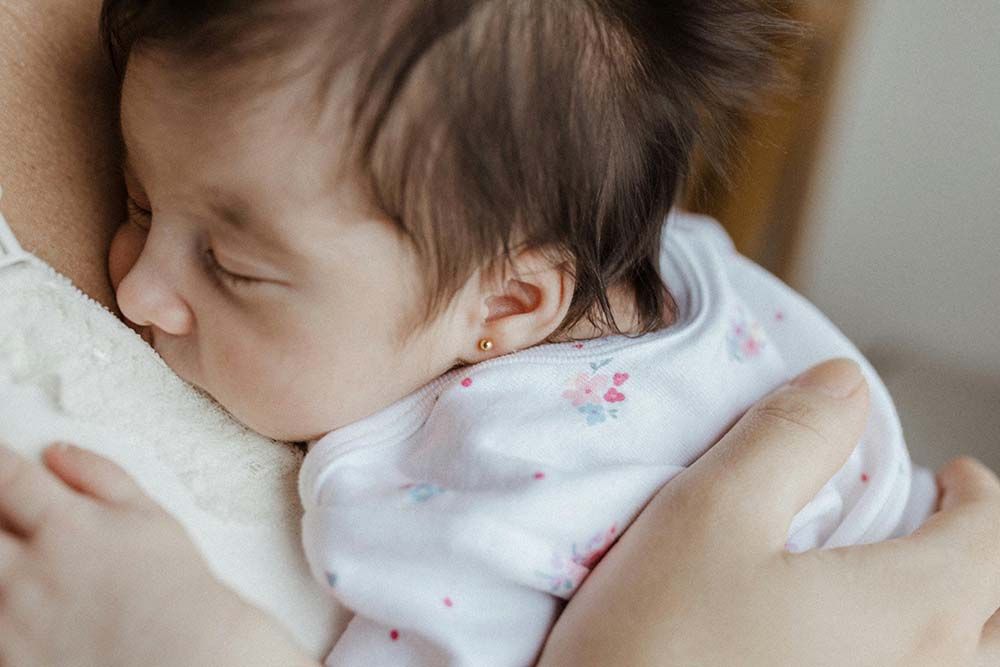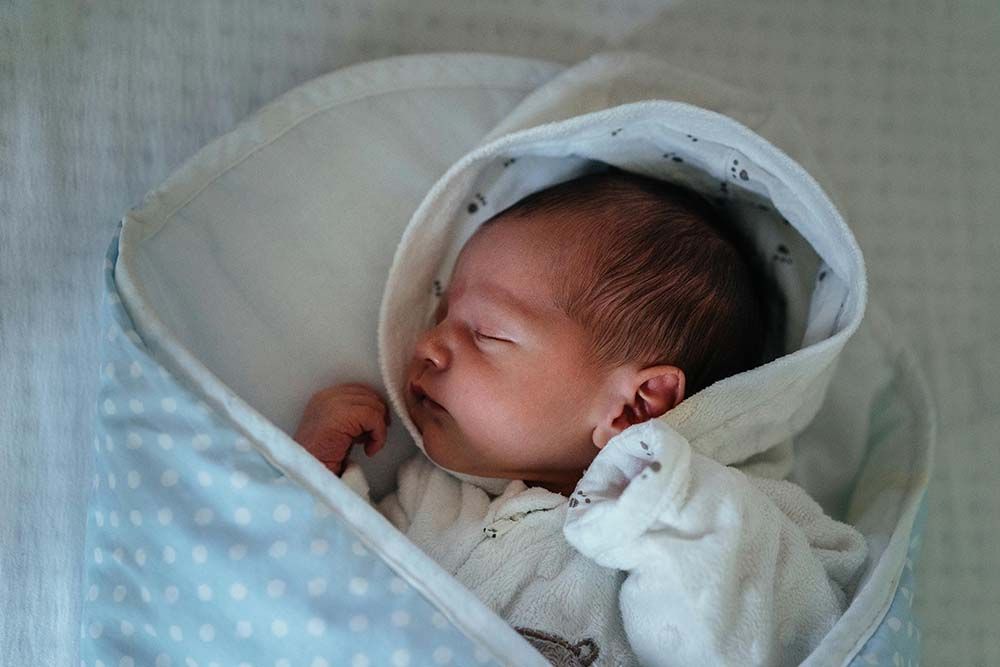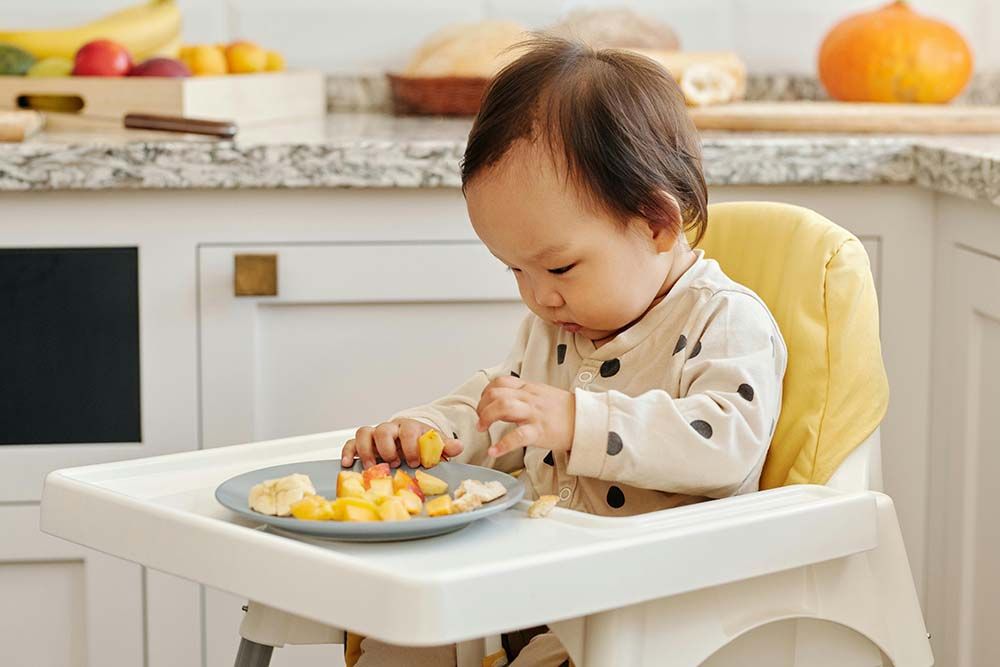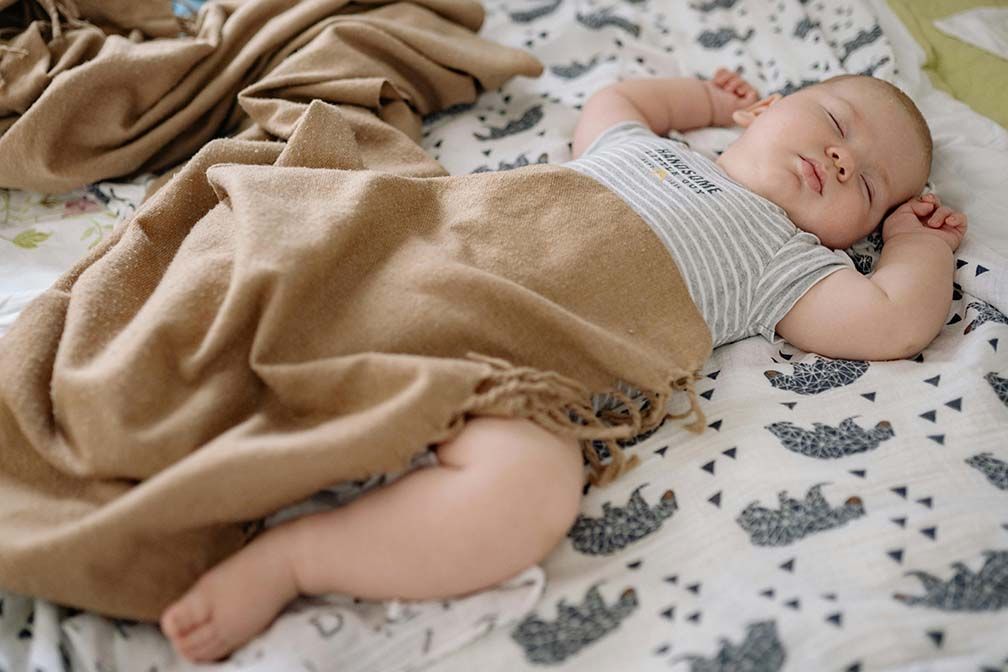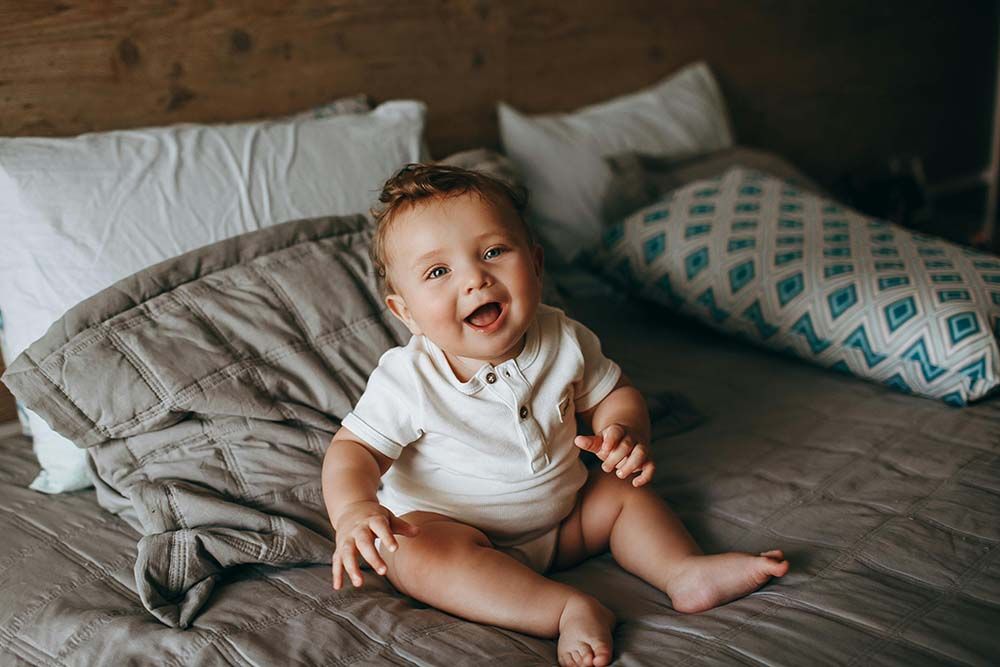

The pacifier is one of the most useful tools to soothe babies, helping them calm down or entering a sleep smoothly. However, many new parents are wondering whether it is safe for a newborn to sleep with a pacifier. Considering to the differences of each baby and family, this article provides a comprehensive view about this topic. If you are interested, read on for more.
Can I Give my Newborn a Pacifier?
It is specifically up to your newborn’s personal habit. Some newborns can go through a restful sleep without any pacifier. But for some newborns, pacifiers play a significant role in comforting them. Babies who are crying constantly and hard to soothe will become calm down upon being given a pacifier. Thus, it is recommended for crying non-stop babies to have a try, which contains multiple pacifier effects.
Soothing effect: Soothing pacifiers can help babies feel at ease and reduce crying. Newborns have a strong sucking reflex, which can give newborns a sense of security. And using a pacifier can satisfy this physiological need, helping newborns feel comfortable and calm.
Reduce night awakenings: After using pacifiers, babies may sleep more soundly and wake up less frequently at night, which helps improve sleep quality.
Reduce finger sucking habits: Using pacifiers can reduce babies' habit of sucking their fingers, thereby reducing the risk of finger injuries.
Prevent the risk of SIDS: Soothing pacifiers can help babies maintain a more open airway and reduce respiratory obstruction caused by sleeping face down. Also, using a pacifier can help baby keep their head facing sideways or upwards, thereby reducing the chance of facing downwards and decreasing the risk of SIDS.
Are There Any Risks of Using Pacifiers for Newborns?
Affects breastfeeding:
If a newborn uses a pacifier too early in the first few weeks after birth, it may interfere with the baby's sucking reflex and affect the success rate of breastfeeding. Some babies may confuse nipples and pacifiers, leading to unwillingness or inability to properly suck on their mother's breasts.
Oral health:
Long term use of pacifiers may affect the normal alignment of teeth, especially after babies start to grow teeth.
Forming dependence: Babies may develop dependence on pacifiers, making it difficult to fall asleep or soothe without them.
Bacterial infection:
If not cleaned properly, pacifiers may become a breeding ground for bacteria, increasing the risk of infection in babies.
Difficulty with withdrawal:
As babies grow older, quitting pacifiers may become increasingly difficult, especially when they have become accustomed to using pacifiers.
When to Introduce a Pacifier for Newborns?
Breastfed newborns
It is usually recommended to wait until your baby has established a well breastfeeding habits, which means that your baby is able to suck effectively and complete breastfeeding smoothly. Generally, the ideal time should be around 3 to 4 weeks or even longer after the baby is given a birth. Before that time range, it may interfere with newborn’s suck reflex, reducing the success of breastfeeding because of the occurring of “nipple confusion”. If so, babies may be unwilling or unable to suck the mother’s breast correctly.
Bottle-fed newborns
For babies who are fed with a bottle, it can be introduced a pacifier in a relatively earlier time. If your baby has already adapted to bottle feeding well, you can consider to start using a pacifier.
All in all, it is suggested to wait for a few weeks until baby’s feeding habit has been established. Since baby varies from baby, parents need to make flexible adjustments based on their baby’s specific condition. If necessary, consult your concerns with a pediatrician or professional medical expert before introducing the pacifier.
How to Introduce a Pacifier for a Newborn Safely?
- Choose an appropriate pacifier that is designed suitably for newborns with safe material.
- Clean the pacifiers thoroughly before the first use, and clean it before and after each use.
- Choose a time when the baby is not hungry, tired, and in a happy mood.
- Use a cleaned pacifier to gently touch the baby's lips and encourage them to open their mouth.
- If the baby doesn't open their mouth, you can gently touch their lips with your fingers to guide them to imitate the sucking action.
- Also, you can try multiple times from different angles to find out the most suitable one that baby can accept.
- If it doesn’t work, you can stop and try it later. Patiently repeat the attempt until the baby accepts.
- Once the baby accepts, gradually increase usage time.
- Observe the baby's reaction, ensure that the baby is not uncomfortable or resistant.
- Remember to clean the pacifier after each use, and regularly replace the pacifier if it is damaged.
This is a systematic guidance about how to introduce pacifiers for newborns. It is not recommended to force a baby to accept a pacifier. In addition, the pacifier cannot replace feeding. If your baby is crying for hunger, feeding the baby immediately.
Can a Newborn Sleep with a Pacifier?
Only if the used pacifier applies safe material, it is totally safe for newborns to sleep with pacifiers according to American Academy of Pediatrics. However, some babies may wake up when the pacifier falls out. While parents might be tempted to use things or devices to keep the pacifier in place, this is not recommended for safety reasons. To address this issue, you can choose a pacifier that is appropriately sized and designed to fit your baby’s mouth. Additionally, opt for a pacifier with an anti-slip feature to help keep it in place.
Should I Remove Pacifier When Baby is Sleeping?
The key lies in safety. Make sure the selected pacifier is anti suffocation and falling. Then parents can make decisions based on baby’s habits. If the pacifier does not fall off frequently after the baby falls asleep and does not disturb the baby's sleep, the baby can continue to sleep with the pacifier. But if the pacifier frequently falls off, causing the baby to wake up, it can be considered to remove the pacifier after the baby falls asleep and then reinsert it when the baby wakes up. However, some babies have a strong dependence on the pacifier, removing it may affect their sleep. In this case, you can observe whether they still need pacifiers while sleeping, and then make according decisions.
When to Remove Pacifier from Sleeping Baby?
Generally speaking, it is recommended to remove the pacifier 10 to 15 minutes after the baby falls asleep. During this period, babies usually enter a deeper sleep state and are less likely to wake up. However, the specific situation still depends on the individual differences of the baby.
What Should I do if my Baby Doesn’t Like the Pacifier?
If you baby doesn’t like the pacifier, here are more 3 ways for you to have a try.
Try different types of pacifiers: Some babies may prefer pacifiers with specific shapes or materials, so try different brands and styles.
Find other soothing ways: Use hugs, gentle soothing, or gentle shaking to soothe the baby and see if they can calm them down.
Use alternatives: Provide other soothing tools, such as soothing toys or blankets, to help babies feel secure.








